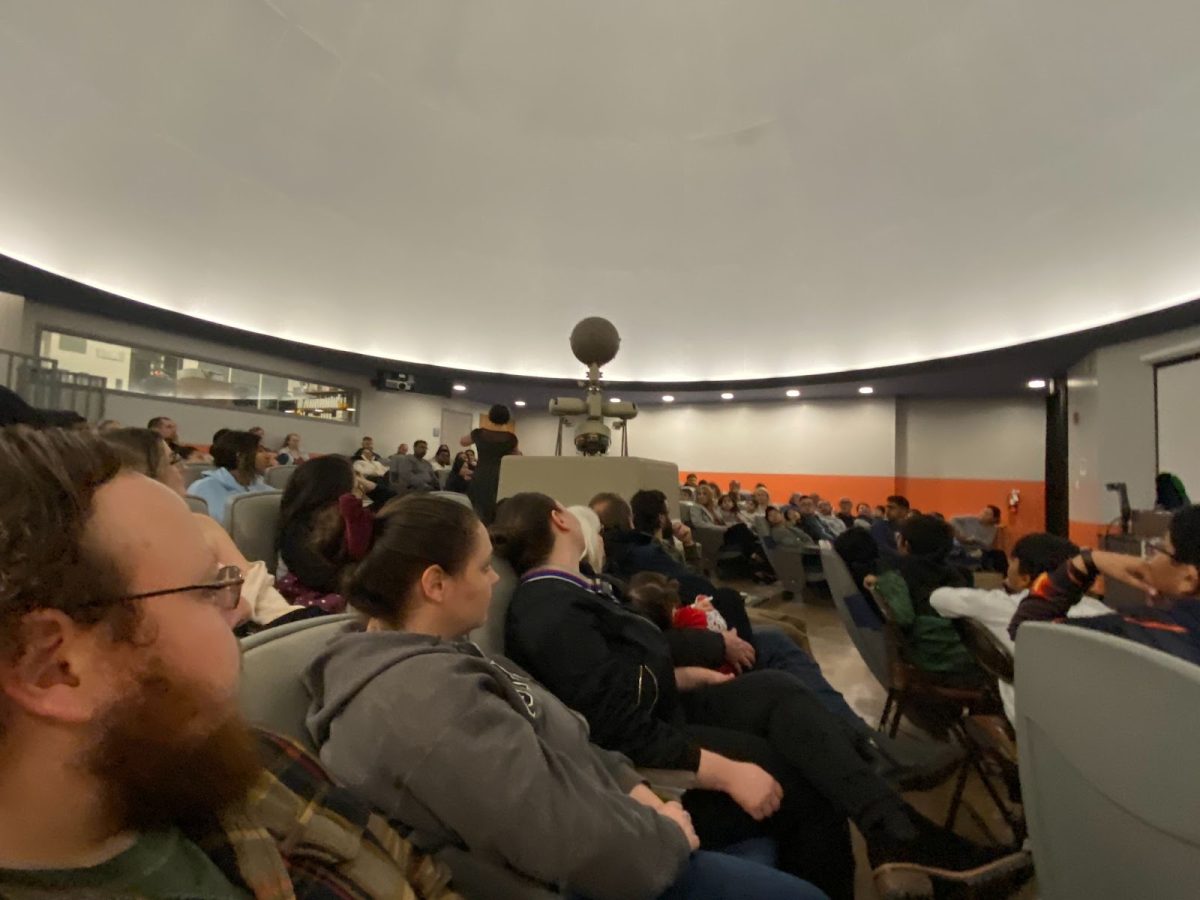
Let’s be honest. Even during a recession, eating is one thing that cannot be sacrificed. Food is that one universal need that cannot be ignored. Whether we’re busy at work or at school, eating on-the-go can be pretty costly and unhealthy.
Fortunately, keeping ourselves full and healthy is easy, affordable, and convenient when packing our own lunches. Here are five important tips to keep in mind when brown-bagging it.
1. Pack a balanced lunch. Remember the three components: the main dish, a side, and a snack. Making sure to include lean or low-fat protein with a portion of carbohydrates will help fuel our bodies to get through the afternoon. By using a combination of protein and fiber, it will keep our hunger satisfied and make us feel fuller for a longer period of time. Examples include whole grain breads, beans, nuts, vegetables and fruits.
2. Make more for dinner with the intention of having leftovers. Leftover food from the previous night’s dinner is a great way to save money on lunch and avoid the classic, predictable sandwich. In addition, it allows us to control the amount of food we will consume and roughly estimate the caloric intake for the meal.
Use a reusable, plastic container to pack your lunch, and use a microwave in the office or on campus to ensure a warm, fulfilling lunch. For example, bringing leftover casserole or chili guarantees a hearty lunch that can be ready to eat in seconds.
3. Stock up on convenience foods when they’re on sale. Buying canned soup or frozen meals are inexpensive and easy to prepare. Just about any type of food or meal is available in a frozen meal.
Plus, all the nutritional information can be found on the box. Just grab one our way out the door, and we’re set. If the portion-controlled meals aren’t enough, bring along a side salad, fruits or vegetables to accompany the meal.
4. Shop for bargains and buy in bulk. Buying groceries in bulk at places like Sam’s Club and Costco can really save money. Crates of fruit and bags of vegetables can often be found much cheaper than they would be in a grocery store.
Also, take advantage of bargains and coupons. Buying brand names instead of store brand labels doesn’t necessarily mean that the product is better. Compare prices and keep in mind how much we are saving.
5. Put a twist on the traditional. Who says that we have to have the same boring sandwich day after day? Make lunchtime something to look forward to be switching up the classics.
Instead of a regular ham or turkey sandwich, we can make ourselves wraps instead. The variations of a wrap are endless. From basil flavored flatbread to spinach tortillas, there is a choice for everyone. If using plain old mustard or mayonnaise on the inside of a wrap is a routine, mix it up and try brushing on vinaigrette dressing instead. The options for protein are also infinite from chicken to tuna; anything is possible to stuff into a wrap.
Remember to be wise in saving money when it comes to beverages, too. Bring a bottle of water from home and avoid buying them from vending machines each day. Instead of making a coffee stop at Starbucks or Coffee Bean every morning, why not bring our own coffee in a thermos. That will not only save you money, but also time.
Keep in mind that lunches that include meat, fish, poultry or dairy must be refrigerated or stored in an insulated lunchbox with an ice pack inside. Above all, remember that it is possible to pack a cheap, healthy lunch no matter where we are or busy we are. It just takes a little creative thinking and resourcefulness.





